If you fish or have ever thought about giving it a try, this method of fly fishing may be the option you’ve been ‘fishing’ for.
The Past
I used to fish when I was young and living in New Mexico and Utah, but I pretty much gave up fishing when I moved to Texas. I always enjoyed fishing for trout, but my favorite style of fishing was from the bank of a mountain stream in a scenic forested area, which north Texas really didn’t offer. I had tried a little fishing on Texas lakes from the shore or a boat, but it never provided me with the same level of tranquility as mountain streams with cool air, the sound of rushing water and singing birds, and the amazing views of tall pines and rock-lined waters.
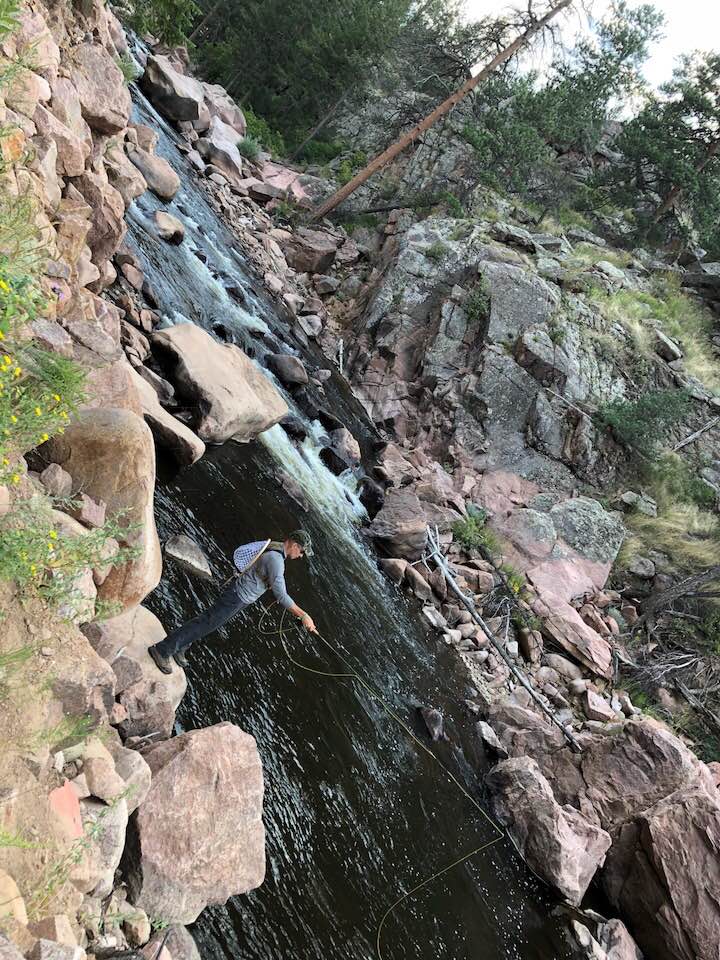
New Beginnings
After moving to Colorado about two years ago, I began to remember those fishing experiences as a younger person. I thought to myself, “I should take up fishing again… but fly fishing to be exact!” And, knowing myself, I also thought, “I need to be strategic about this whole fishing thing.” Since I was going to focus on the mountain stream type of fishing, I was looking to fish exclusively for trout. I love trout – they are pretty and they’re delicious, and if you don’t like eating fish, there is always the option of catch and release.
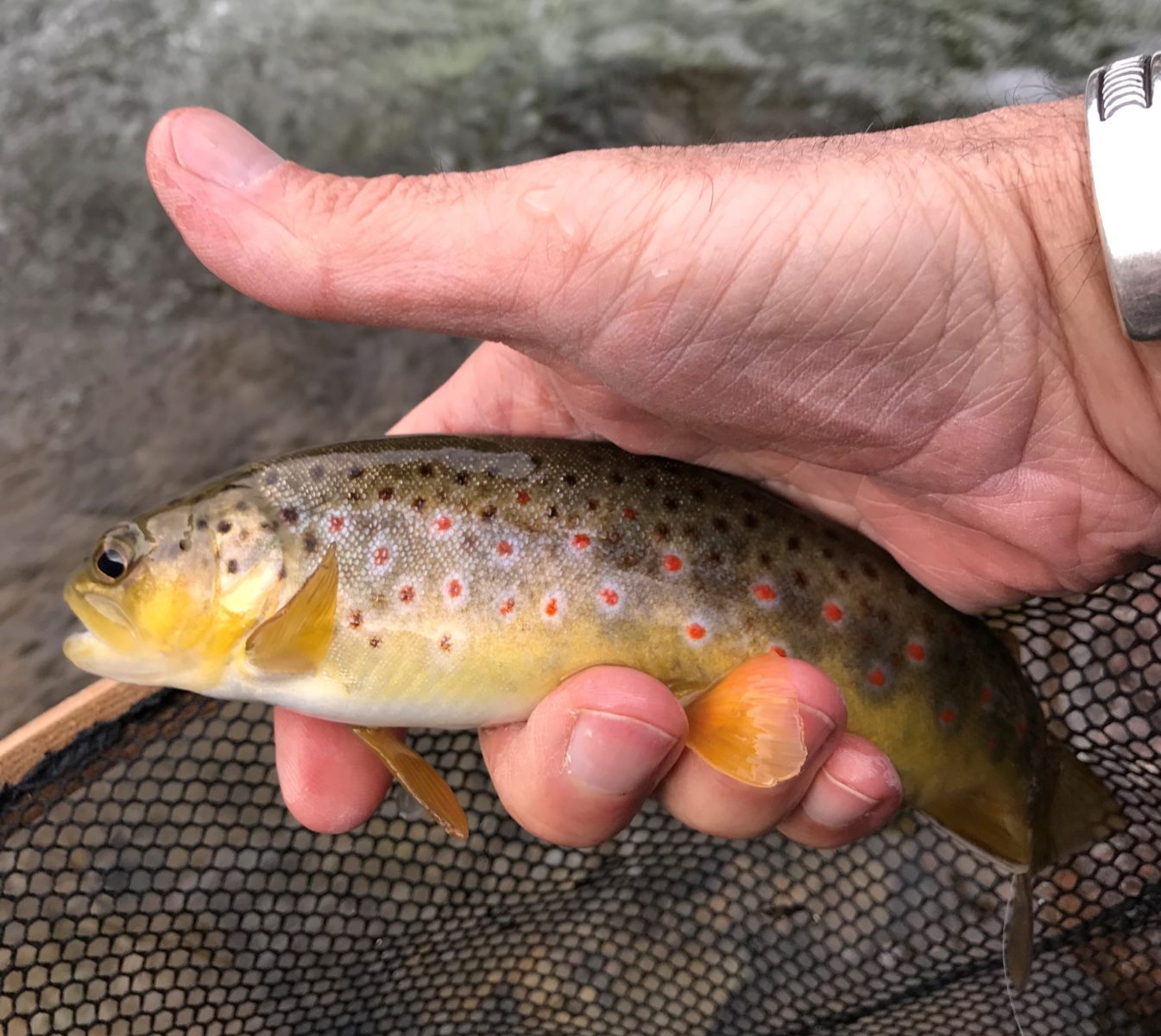
The Complexity
As I begin to research fishing equipment I quickly learned that fishing had become very expensive! Part of my thinking was to get into this inexpensively, just in case I got bored with it and those ‘young me’ memories weren’t as great as I initially thought. I looked at various entry-level fly fishing sets that are available, which basically give you the rod, reel, and some basic accessories to get you started. I thought that would most likely be the way to go. Then one day while visiting a sports consignment store, there on the shelf was a Cabela’s entry fishing combo that looked like it may have been used just once… for only $100! Fishing stores and most fishermen consider the price of an average rod with no reel to be in the range of $400 – $500, so this was a bargain for a rod, reel, some additional line, snips, and a box of flies!!

Now the title of my blog post says, “the easy way” and I will get to that, but first I want to tell you that traditional rod and reel fly fishing can be HARD! Not just because the fish think we are dumb and they are smart – rightly so, they are super smart – but also because there is a lot going on with fly fishing. You need to consider which fly to use, the best fly rod length and weight for the type of fishing you are doing, the best fly line for your rod, and then CASTING. Casting is a whole learning experience all by itself: roll cast, back cast, overhead, false, and the list goes on. And then there is the whole line management subject after the line is in the water.
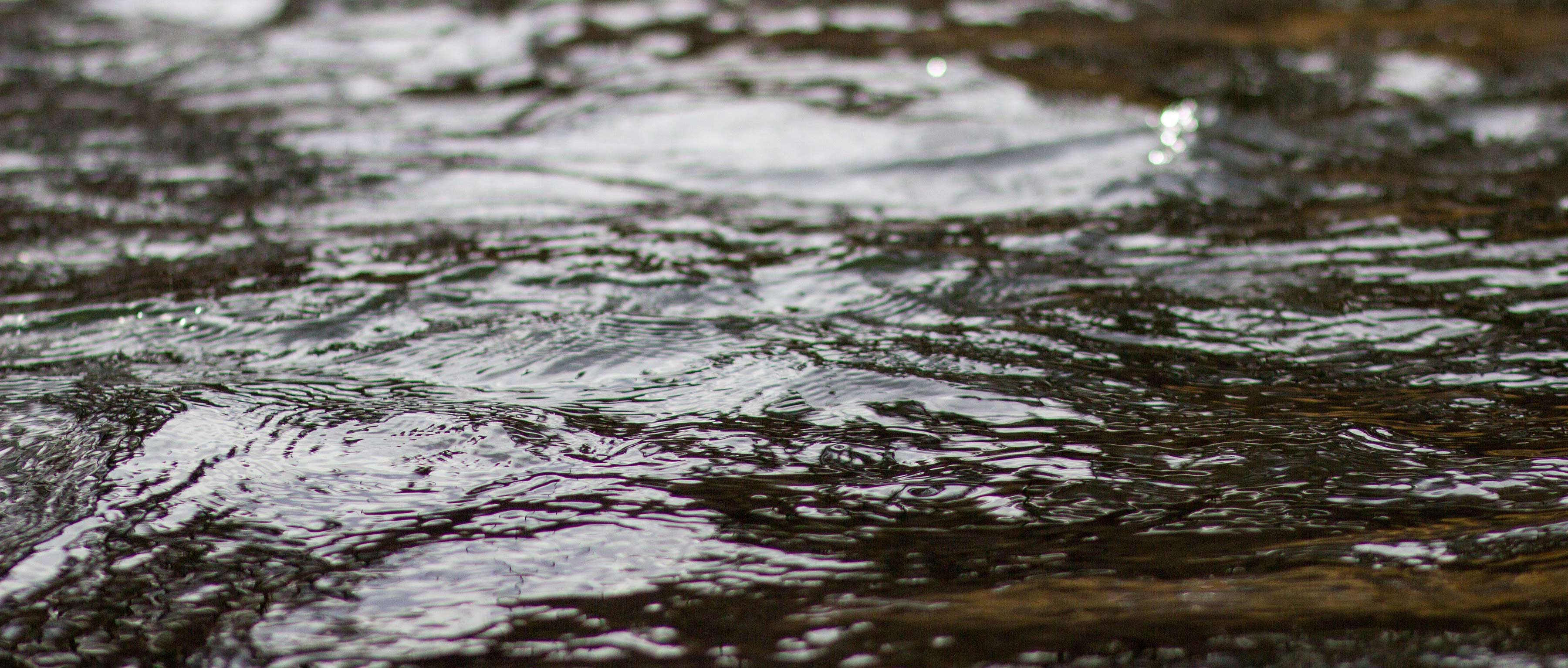
Bugs
Just picking out which fly to use is an even more extensive topic. Walk into any fly fishing shop and they will most likely have a collection of 1,000 different flies to choose from. Many shops actually offer entomology classes, because studying bugs helps you to know which artificial fly mimics which bug, and how to choose the correct artificial fly for the exact time of year. These fish are so picky that they are only going to want a particular fly at that specific minute of the day! Of course, you can start tying your own flies and you’ll add the expense of that equipment, but it is cheaper in the long run. My friend calls fly tying “arts and crafts” for grown men… I think she’s right!
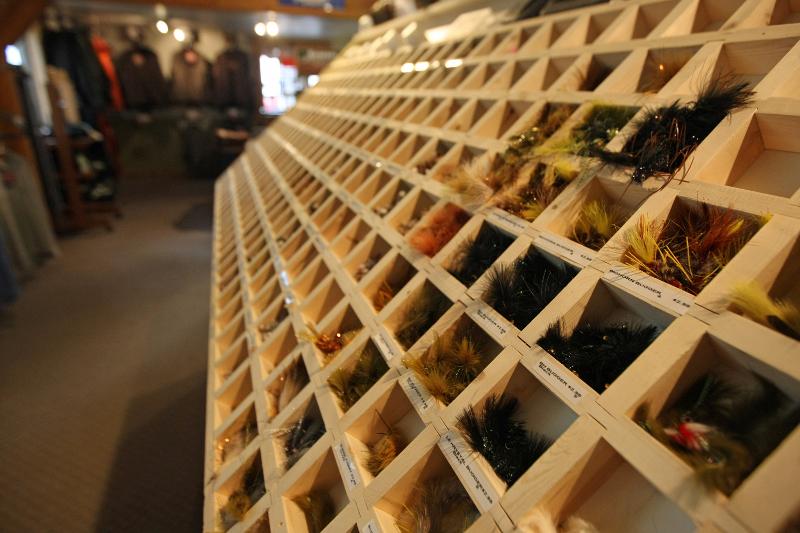
At this point, you’re probably saying to yourself, “EASY, huh?!” How can this possibly be easy when I’ve mentioned all of this and we haven’t even gotten to the topics of knots or reading the water. Well, I am going to tell you how the equipment can be easy but let’s face it, there is still some challenge to fishing regardless of the equipment you use, and to me, the challenge is part of the fun of it. But your initial investment can be less expensive and the need for all the additional accessories can be minimized, though there is always the opportunity to make it more complicated if you like accessories.
Finally… Simplicity
The style of fly fishing that makes it simple, or at least less equipment-dependent, is called Tenkara. Tenkara is a Japanese style of fly fishing that has been around for at least a couple of centuries. The word Tenkara literally means “from heaven” or “from the skies.” Tenkara wasn’t popular or widely known in North America until around 2009 when a small company called Tenkara USA introduced and began to popularize it. Besides being simple, it also works well for us RVers by taking up much less of our valuable storage space.
Though the rods used for Tenkara fishing are typically longer (11 – 15 feet) than western-style fly rods, they are collapsible to about 15 – 22 inches. This makes them easy to pack and easy to carry in a backpack or on a bike. They also don’t involve a reel. Tenkara rods consist of a long line made of a twisted mono-filament or other material that is typically about the length of the rod itself. Attached to the end of your line is the tippet line. This is typically a light-weight clear line, the same stuff used for regular fly fishing, that is usually cut to a length of 1 – 5 feet depending on your preference. Your artificial fly is connected to the tippet line. The best part of this simple fishing line is that it connects to the tip of the Tenkara rod with a simple type of slip-knot, the girth hitch, which you can quickly and easily attach or detach.
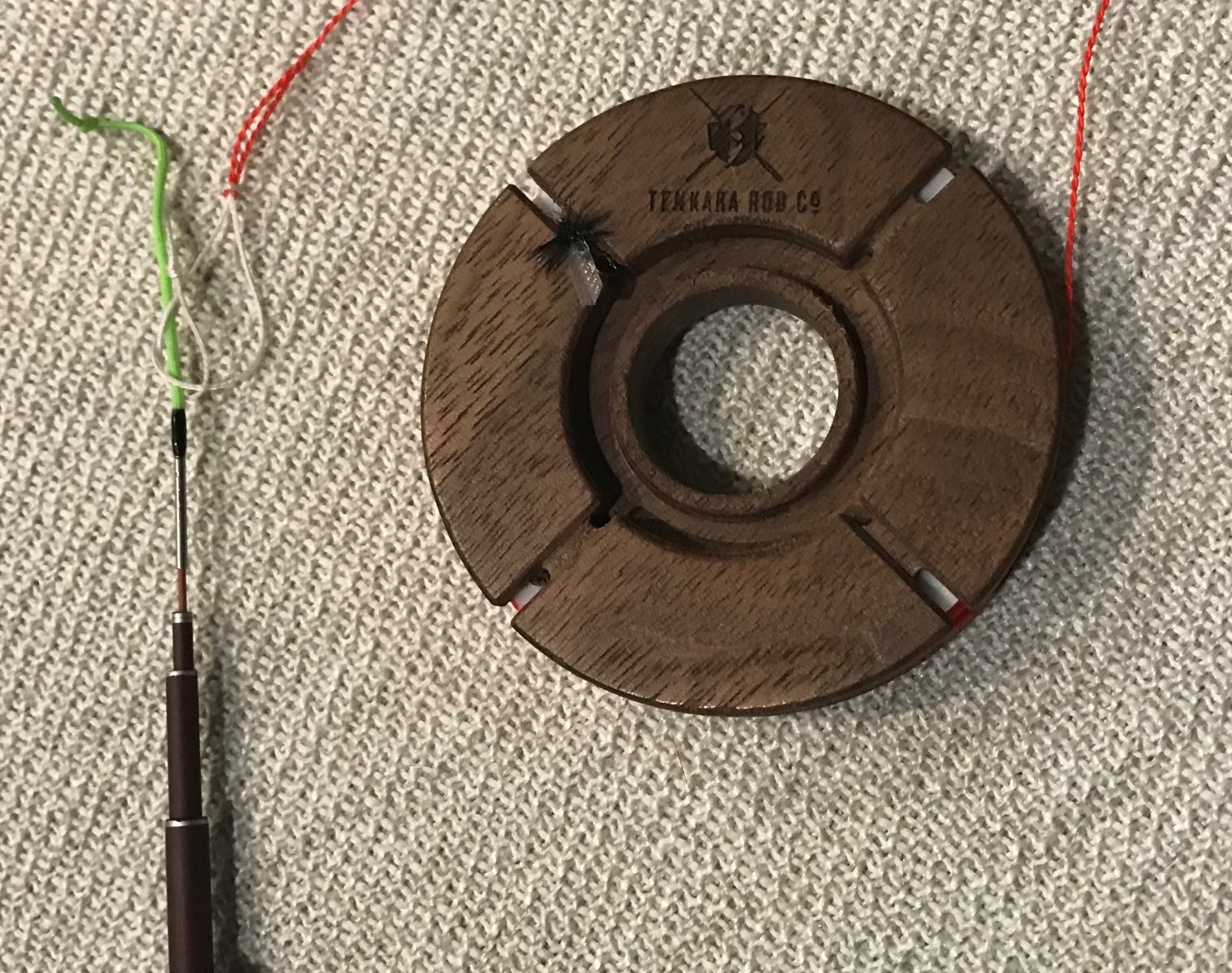
As for the flies used for Tenkara fishing, if you plan to be traditional you use the Kebari fly, a generic looking fly that works for all conditions. No more worry about what the ‘fly of the hour’ is. Using a Kebari fly is more about technique and presentation of the fly. You want the fly to land softly on the water, float with the current and mimic any common bug, assuming that if a fish is hungry it will eat your fly regardless of the fly of the day. With that said, you always have the option to try traditional western style flies and study up on your entomology!
What Now
I myself flop back and forth between western traditional and Tenkara style fly fishing. Traditional fly fishing lends itself well to places where you can get a longer cast to reach those areas on the other side of a larger river or even a lake. It also allows for more options for line configuration and is more suited for bringing in larger fish. Tenkara is better suited for small streams and rivers, where long casts are not necessary. With Tenkara you can only cast as far as the rod and line length will allow… remember there is no reel with an endless spool of line. Teresa and I have fished on lakes and rivers with success, so it does work in various locations and it’s always nice when we combine fishing with our Unity.
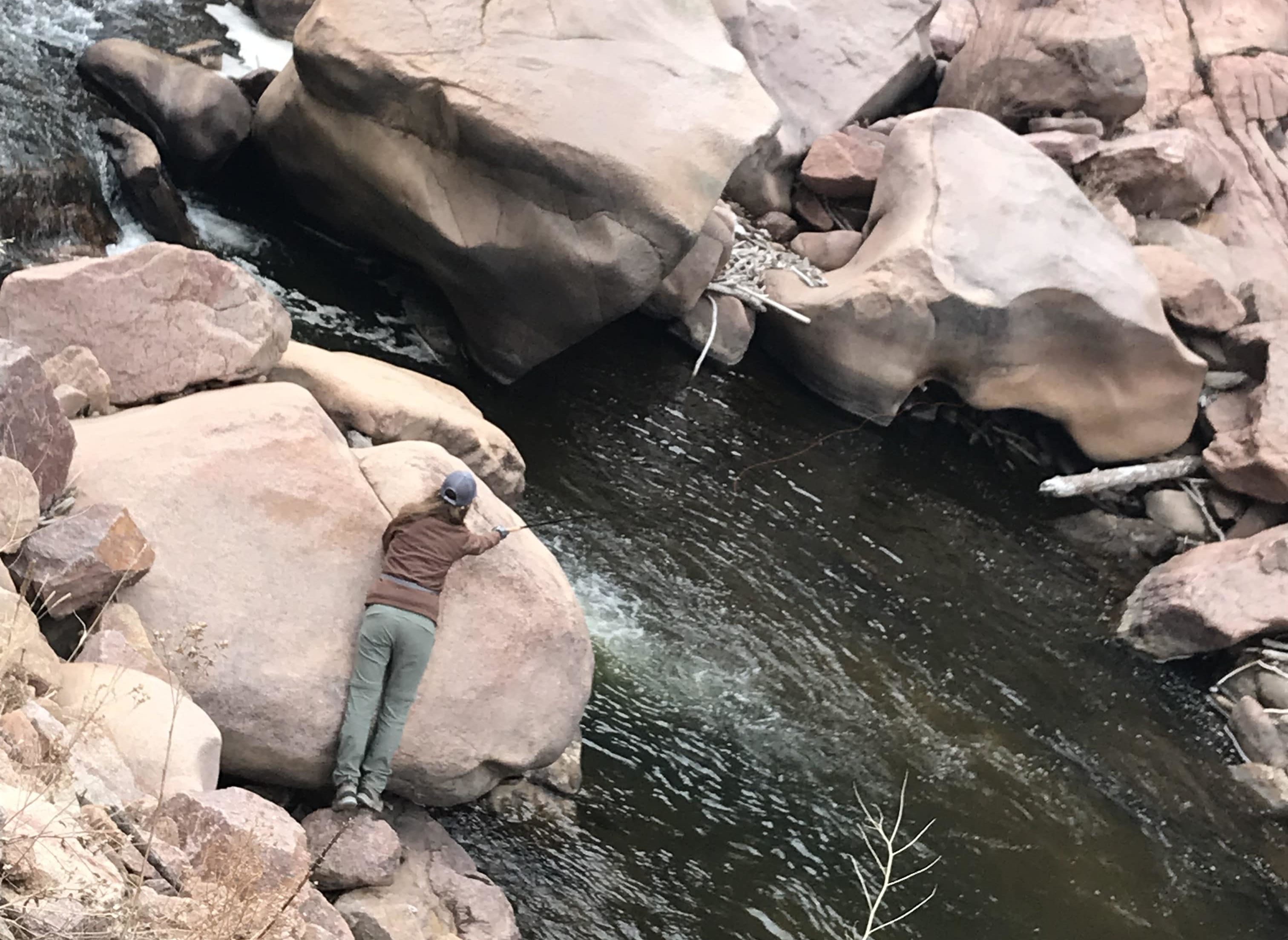
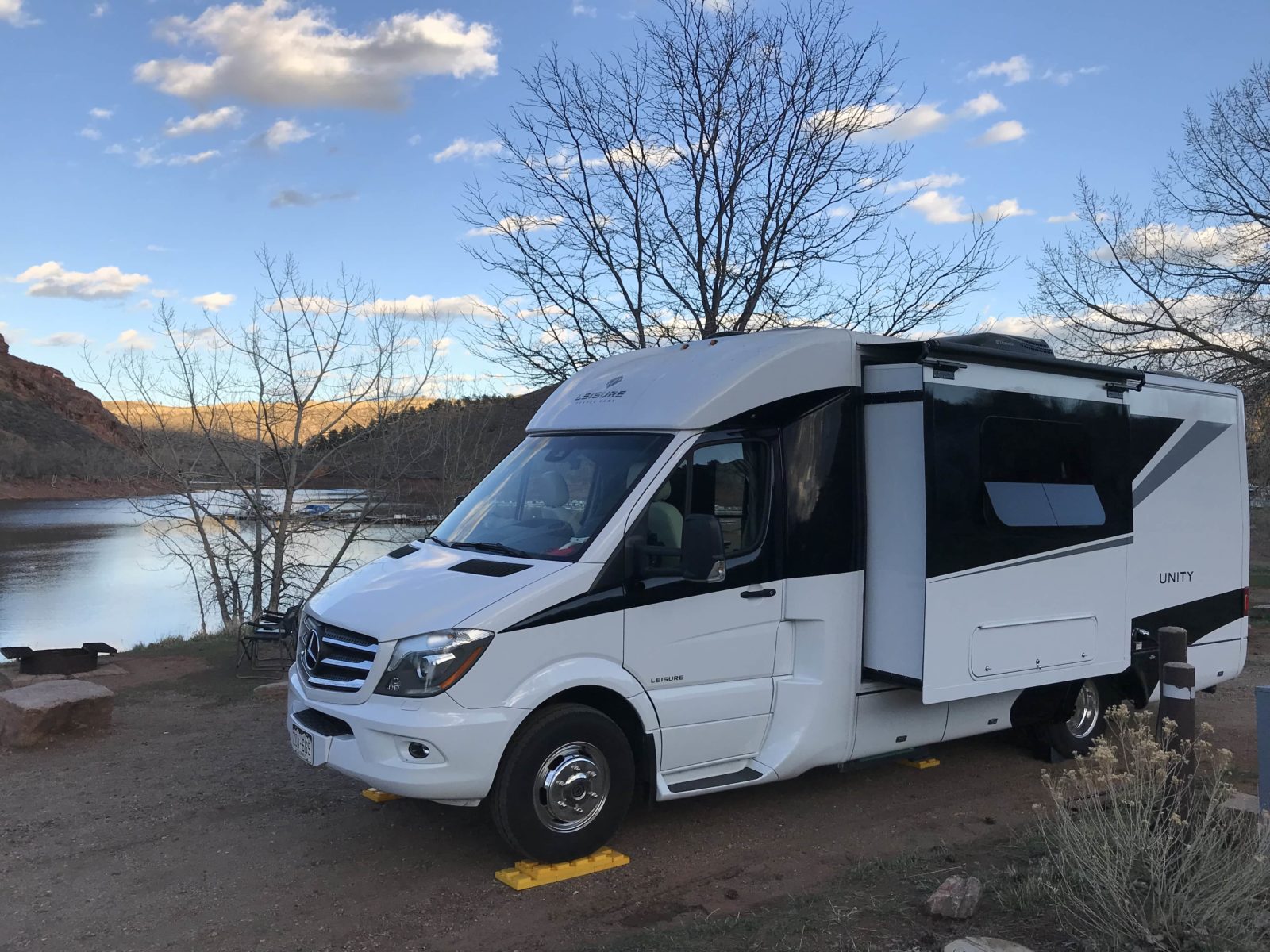
The Catch
Teresa took up Tenkara because of its simplicity – less equipment to worry about and basically one knot to learn. She’s had good success too! After I saw the ease and versatility of it, I myself bought a rod from Tenkara Rod Co. Tenkara fishing lends itself to our type of lifestyle; we can easily take our equipment with us when hiking or mountain biking and this has opened up new locations for exploring that we would most likely have ignored otherwise.
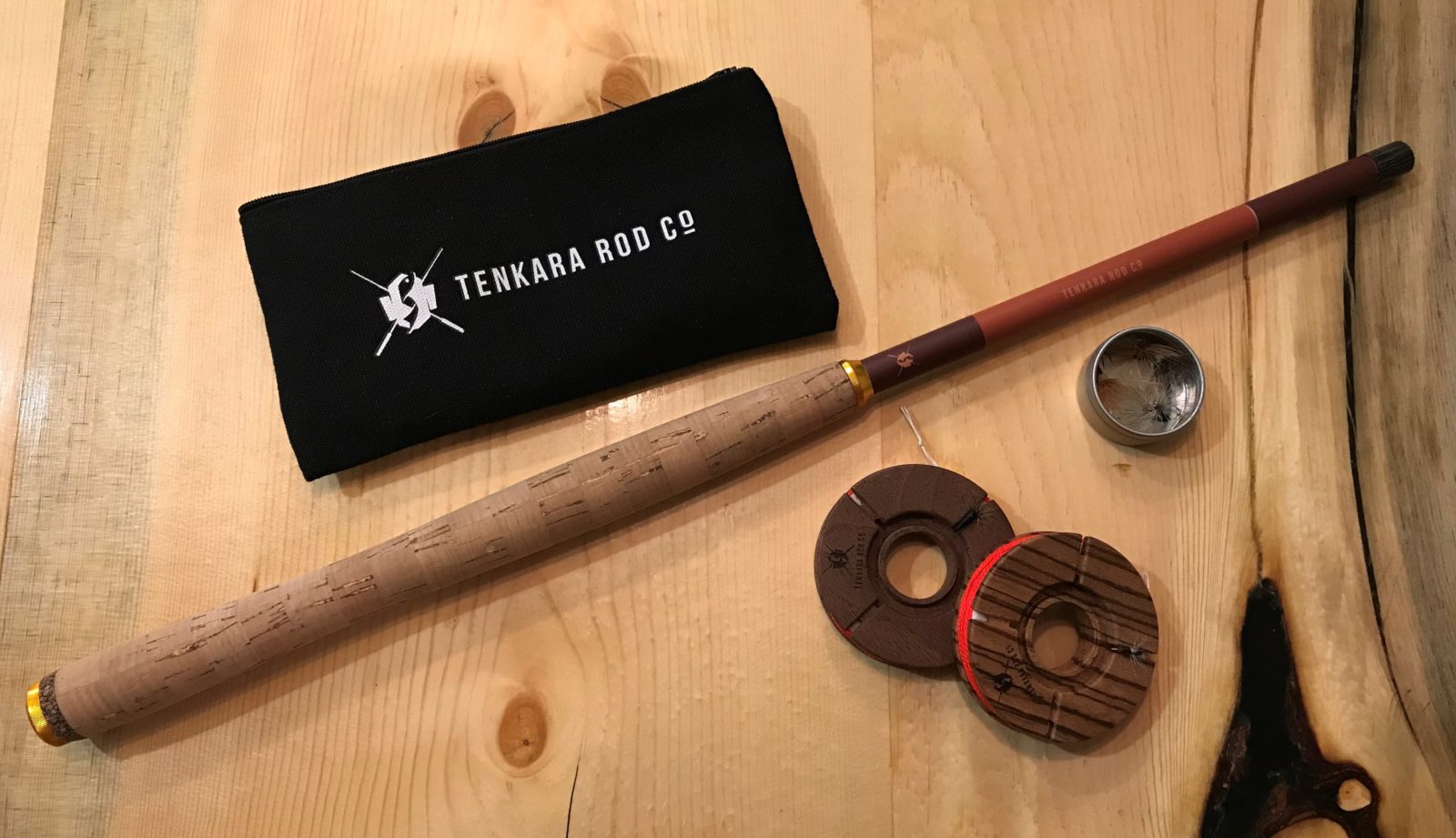
If you have an interest in fishing, but don’t like the idea of lots of equipment and studying bugs, Tenkara might be the option for you. If you want to learn more, there are plenty of websites and YouTube videos to help you get started.
It’s simple – just one rod, line, and fly choice – and gives you another excuse to enjoy the outdoors wherever you are. And isn’t that why we all love our Leisure Travel Vans? To experience more!


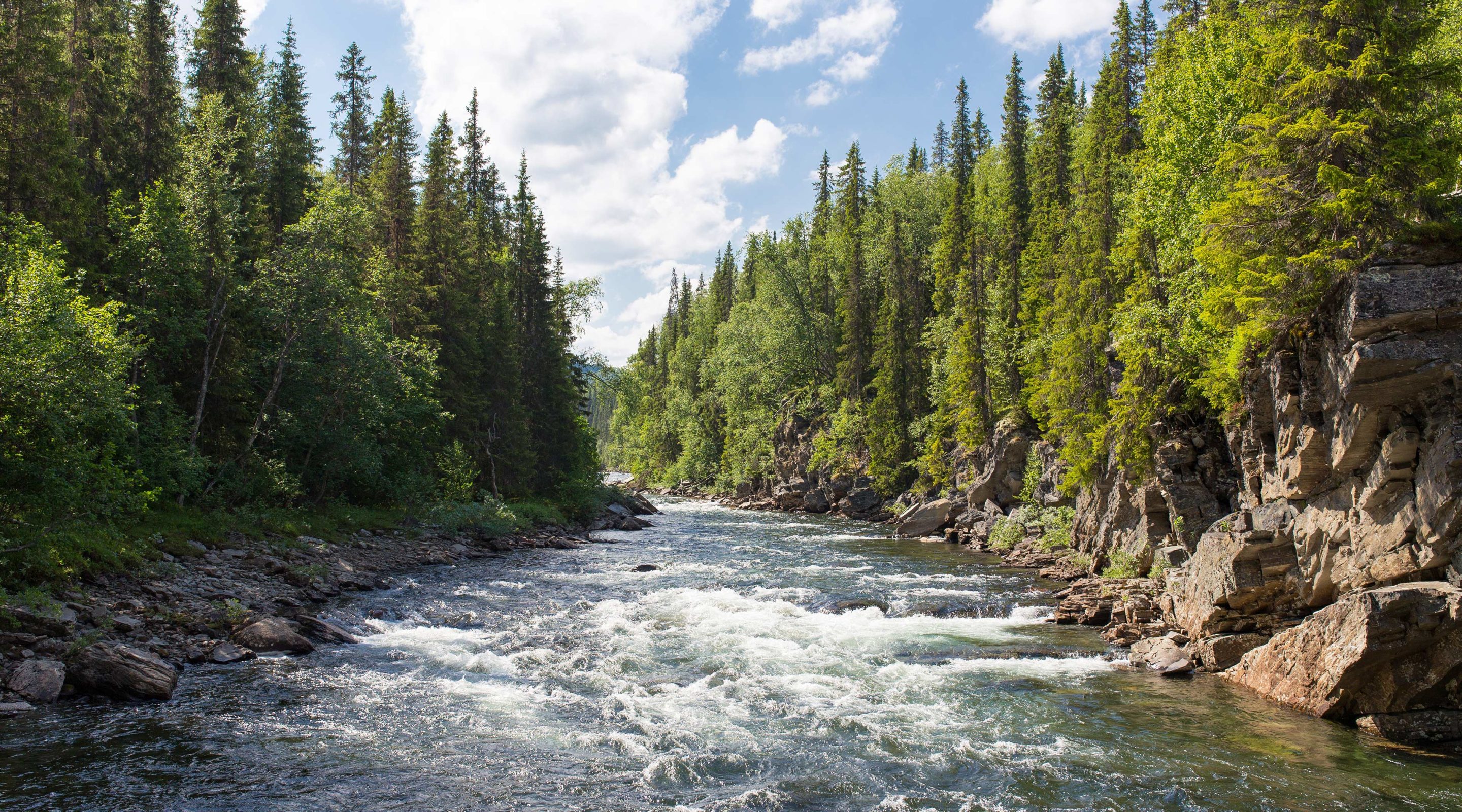
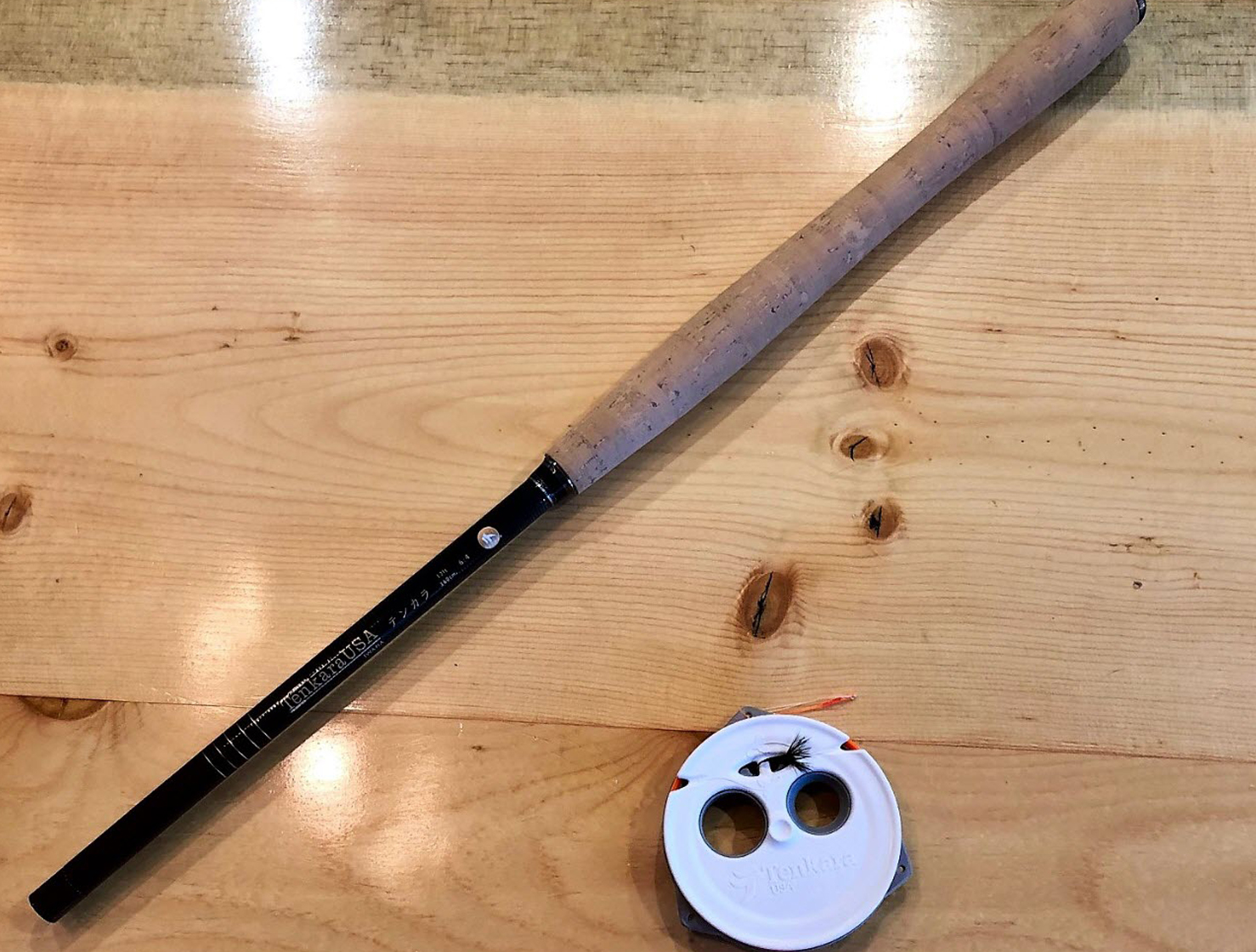
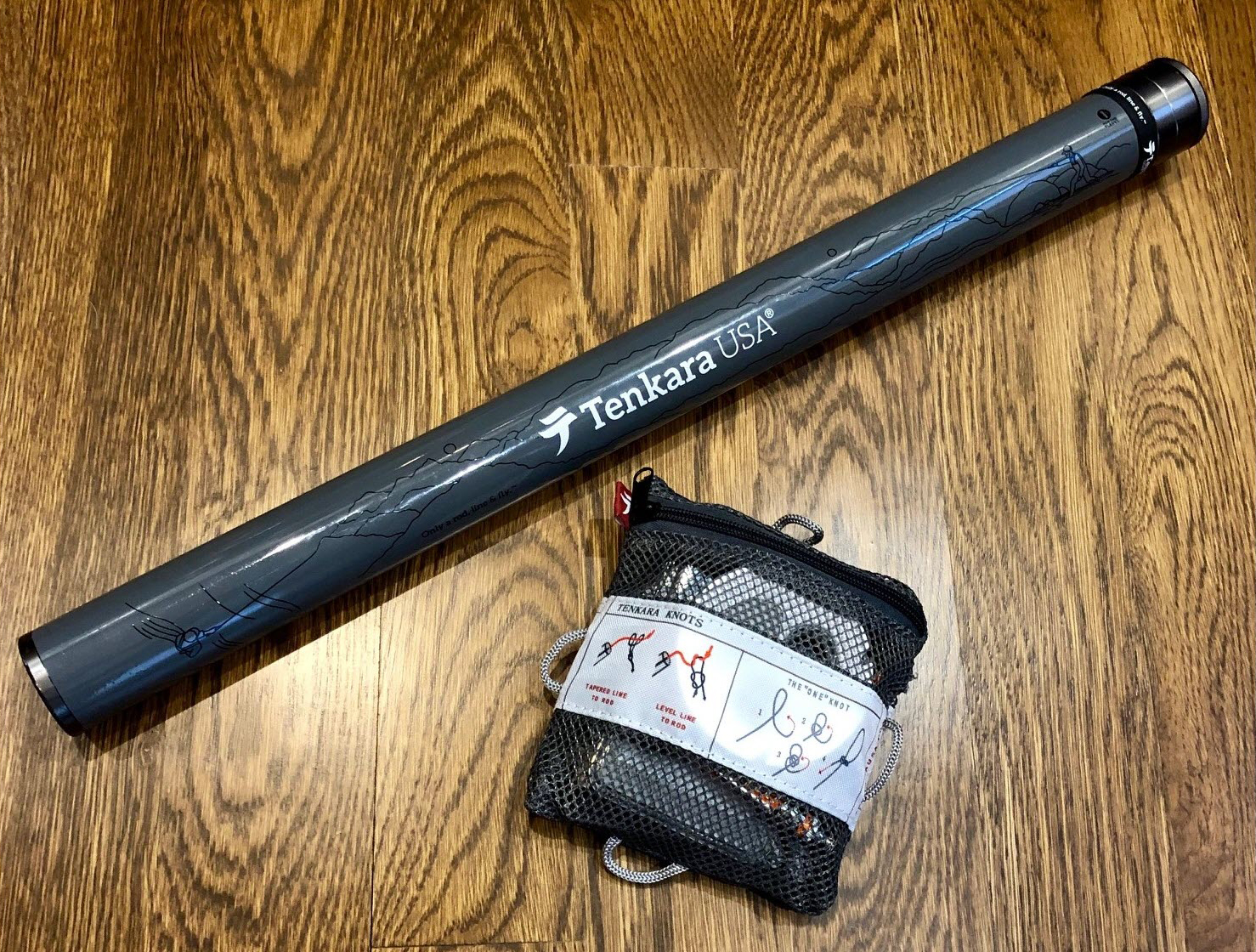
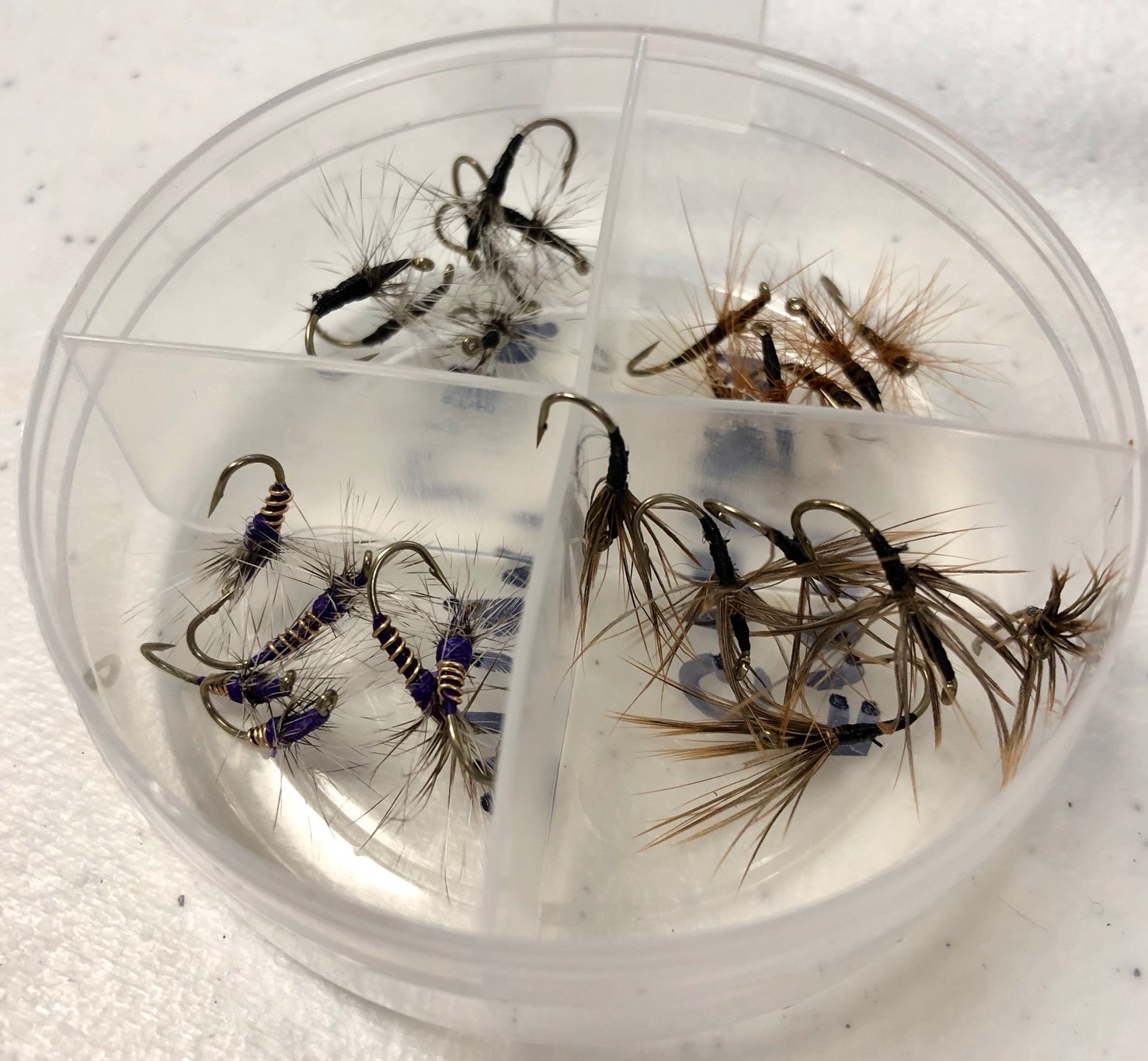
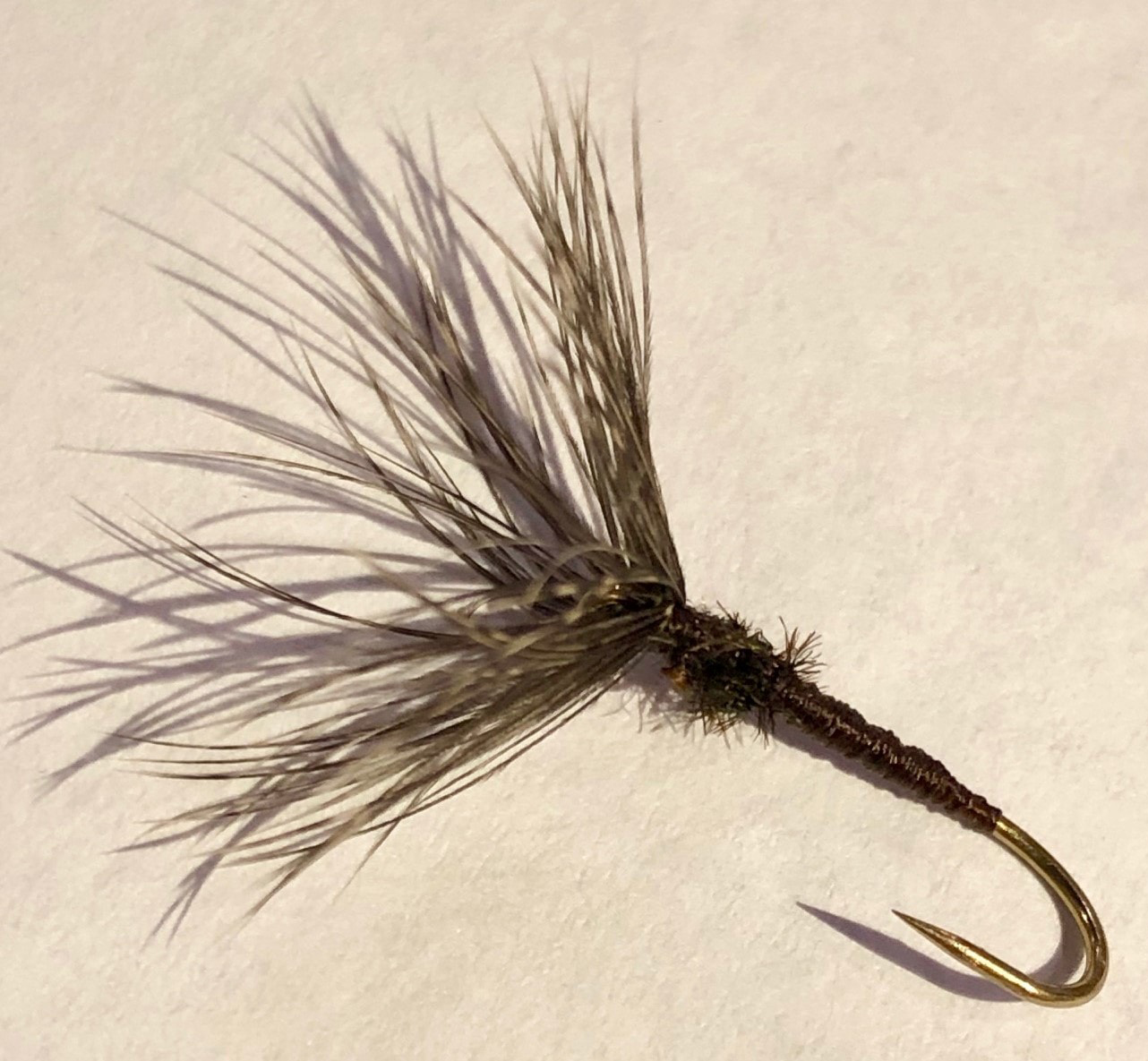

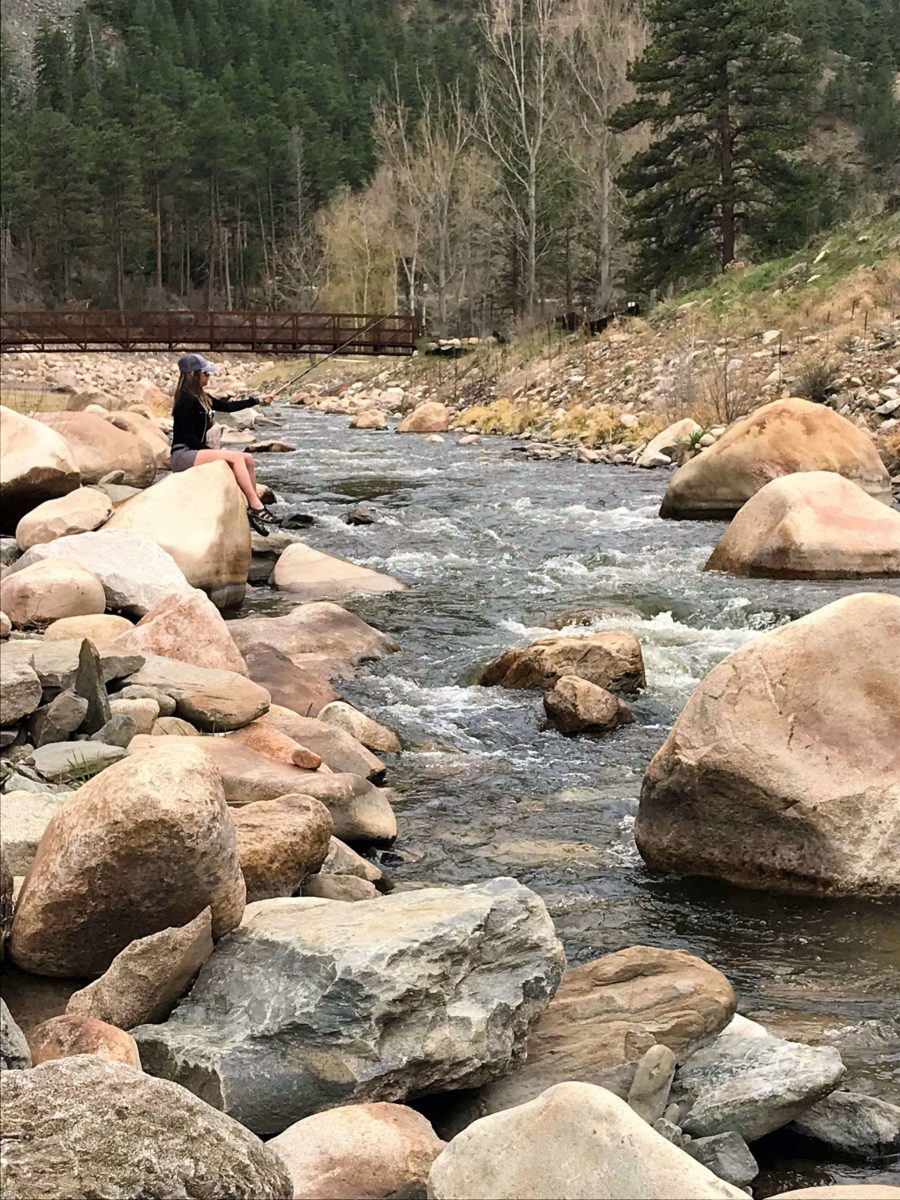

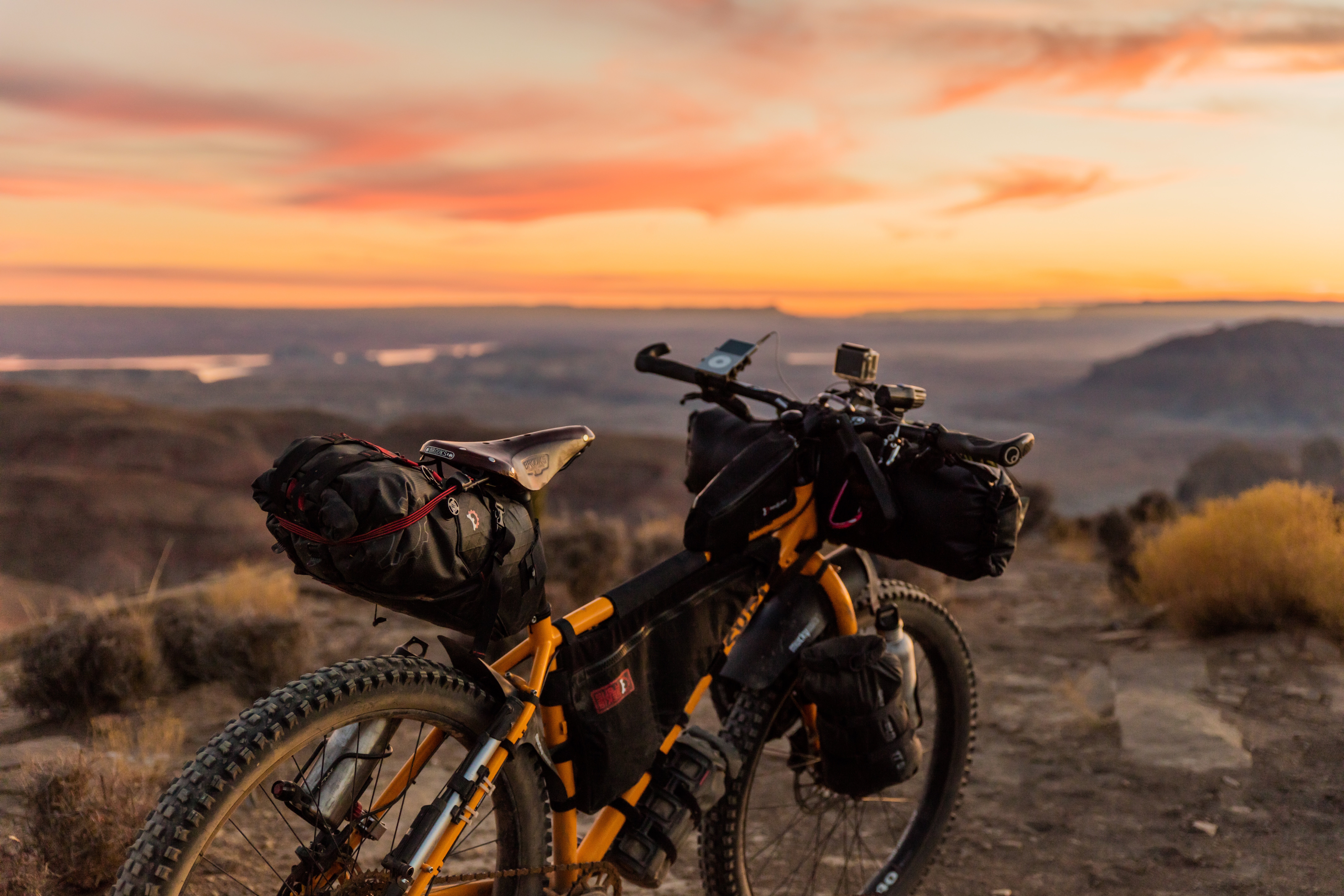
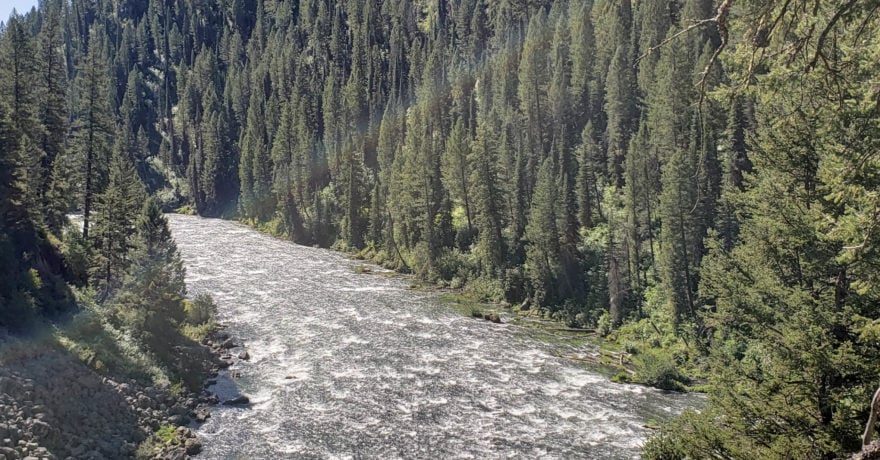
Comments